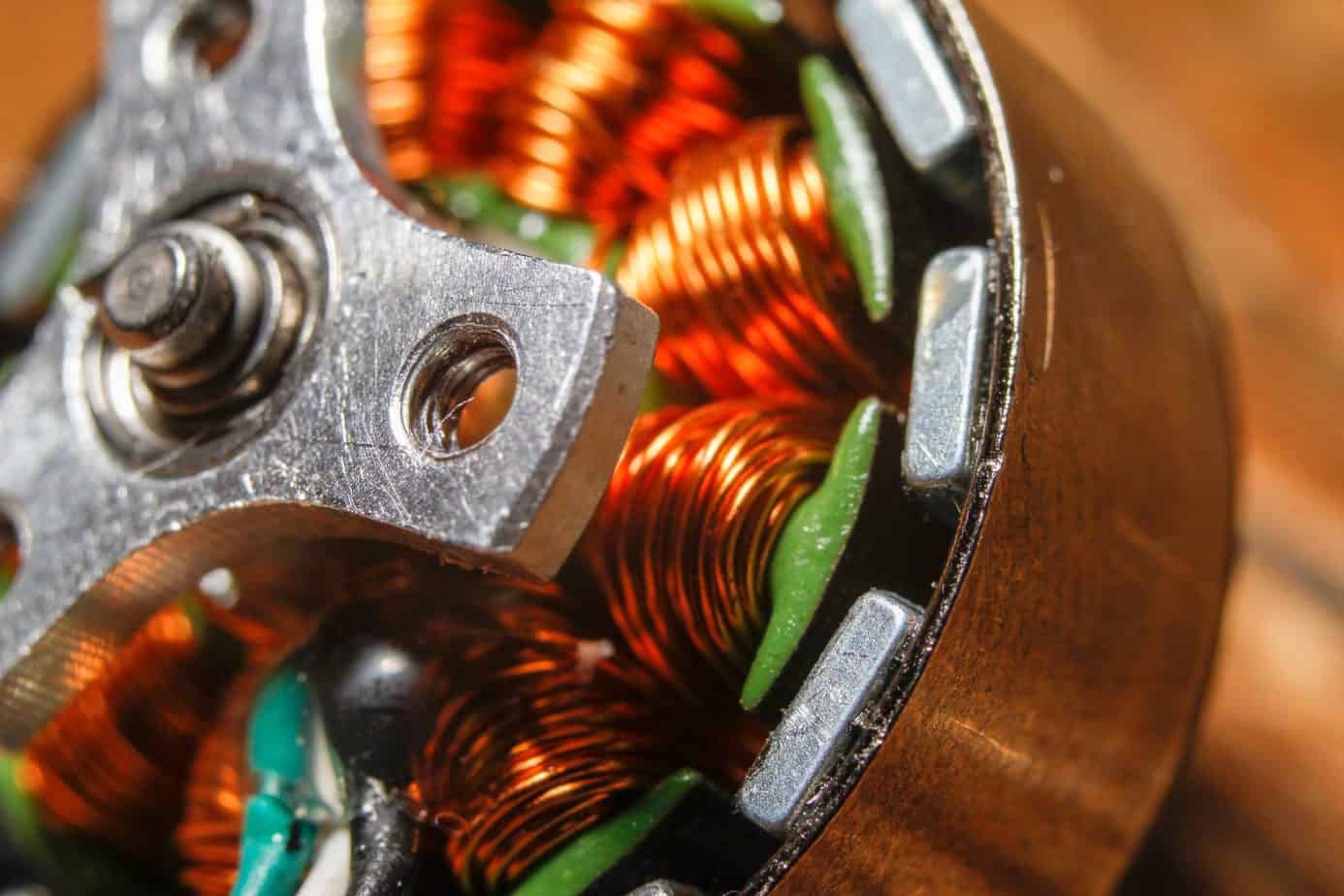Innovative Motor Designs Revolutionizing Transportation
Innovative motor designs are transforming transportation, offering enhanced efficiency, sustainability, and performance across various vehicle types.
Electric Motors Leading the Charge
The transportation industry is experiencing a paradigm shift with the advent of electric motors. These motors are not only more efficient but also environmentally friendly. Electric motors convert electrical energy into mechanical energy, offering a cleaner alternative to traditional internal combustion engines. They are used in a variety of applications, from electric cars to bicycles and even aircraft. The absence of tailpipe emissions significantly reduces air pollution, making cities cleaner and healthier. Furthermore, electric motors are quieter, reducing noise pollution and contributing to a more pleasant urban environment.

The Role of Brushless DC Motors
Brushless DC (BLDC) motors are gaining popularity due to their high efficiency and reliability. Unlike traditional brushed motors, BLDC motors have no brushes that wear out, reducing maintenance needs. These motors offer better speed and torque control, making them ideal for applications requiring precise movement. They are widely used in electric vehicles, drones, and industrial automation. The improved efficiency of BLDC motors translates to longer battery life in electric vehicles, extending their range and making them more practical for everyday use.
Advancements in Permanent Magnet Motors
Permanent Magnet (PM) motors are another innovative design making waves in the transportation sector. These motors use permanent magnets to generate a magnetic field, eliminating the need for an external power source to maintain the field. This results in higher efficiency and reduced energy consumption. PM motors are particularly useful in applications requiring high power density and compact size, such as electric scooters and compact cars. The use of rare earth magnets in these motors can be a challenge, but ongoing research aims to find more sustainable alternatives.
The Rise of Induction Motors
Induction motors, also known as asynchronous motors, have been around for a long time but are now being optimized for modern transportation needs. These motors operate on the principle of electromagnetic induction, where the rotor is induced by the stator's magnetic field. Induction motors are robust, reliable, and cost-effective, making them a popular choice for electric buses and trucks. Recent advancements in materials and design have improved their efficiency, making them more competitive with other motor types. Their simplicity and durability make them ideal for heavy-duty applications.
Innovations in Switched Reluctance Motors
Switched Reluctance Motors (SRMs) are emerging as a promising technology in the transportation sector. These motors operate by switching the magnetic reluctance in the stator and rotor, creating rotational motion. SRMs are known for their simple construction, robustness, and high efficiency. They are particularly suited for applications requiring high torque at low speeds, such as electric forklifts and industrial machinery. One of the key advantages of SRMs is their ability to operate in harsh environments, making them ideal for off-road and heavy-duty vehicles.
The Impact of Advanced Control Systems
The integration of advanced control systems has revolutionized motor performance and efficiency. These systems use sophisticated algorithms to optimize motor operation, enhancing speed, torque, and energy consumption. For instance, vector control and field-oriented control techniques have significantly improved the performance of induction and BLDC motors. Advanced control systems also enable better diagnostics and predictive maintenance, reducing downtime and operational costs. The ability to fine-tune motor performance in real-time is a game-changer for electric vehicles, improving their drivability and efficiency.
The Future of Motor Materials
The development of new materials is crucial for the next generation of motors. Researchers are exploring lightweight, high-strength materials that can improve motor performance while reducing weight. For example, the use of carbon fiber composites in motor components can significantly reduce the overall weight of electric vehicles, enhancing their range and efficiency. Additionally, advancements in magnetic materials are helping to create more powerful and efficient motors. The focus on sustainable and recyclable materials is also driving innovation, as the industry seeks to reduce its environmental footprint.
The Role of Government and Industry Collaboration
Government policies and industry collaboration are playing a vital role in the advancement of motor technologies. Incentives and regulations aimed at reducing carbon emissions are encouraging the adoption of electric and hybrid vehicles. Public-private partnerships are fostering innovation and accelerating the development of new motor designs. For example, government funding for research and development is helping to overcome technical challenges and bring new technologies to market faster. Industry standards and certifications are also ensuring the safety and reliability of new motor technologies, building consumer trust and confidence.